Mountain Bike Handlebars: How to choose the right ones for you
When you decide to make some changes to your bike, a good place to start is with a good set of mountain bike handlebars. Sometimes they are overlooked, probably because they are just a static part of your bike. But different mountain bike handlebars can have an effect on your riding and how your bike feels.
Materials
Mountain bike handlebars are commonly made from aluminium or carbon. Which ones you choose depends on your budget and what you want from your bars.
When you compare aluminium with carbon bars, the main reason is comfort. Carbon bars are stiffer and absorb vibrations better than their aluminium counterparts. This is quite important, as less vibrations though your hands makes life a lot more pleasant, and means your hands won’t get tired as quickly. You can actually see aluminium bars flex when you push on them. This demonstrates how springy they are in comparison to carbon bars.
Carbon bars are also a good option if weight reduction is one of your goals. This is because they are lighter than aluminium bars, but they are more expensive.
Aluminium and carbon are both very strong, but the key differences in their structure are noticeable when they have an impact. Aluminium will dent or bend if it is hit hard enough. In a way this is a good thing, as you know when they need replacing.
Carbon bars don’t dent or bend on impact, they break. This is only a concern if you spend a lot of time riding in to trees, it is very unlikely that they will fail during normal riding.
Click on the images below for mountain bike handlebars available from the best online shops
[table id=16 /]
Sizes
Diameter
The diameter of mountain bike handle bars is a standard 22.2mm at the ends. This is so riders can change their grips easily with lots of different options.
However, where your handlebar clamps to the stem, you will find three different sizes:
- 25.4mm
- 31.8mm
- 35mm
The larger clamp sizes are stronger and stiffer, which is better for carbon bars. This is because the surface area is larger and spreads the load. If you go for carbon bars, it is very easy to over tighten the clamp on the stem and crack the carbon (so be careful). So, if you are upgrading your bars, but not replacing your stem, make sure you get the right size.
Width
Width is something you need to take in to consideration when upgrading mountain bike handlebars.
Bars come in lengths start below 600mm and can go to 850mm. If you are not 100% sure on what size to go for, I recommend buying bars that are a bit longer than you think is right. This is because you can chop them down if they are too long for you.
Wide bars give you more control as it slows down your steering action (in a good way). They can actually help your breathing while on a climb too, as your body is open rather than hunched over. However, they can make it a bit tricky to navigate through tight forest tracks or narrow gates.
Stem

The stem is the chunk of metal that attaches your bars to your steering tube. You may want to upgrade your stem at the same time as your bars, depending on what you have.
One thing to consider is the length of the stem. The length is measured from middle of the headset stem cap bolt to the middle of the handlebar (see picture above). It may only look like a simple clamp, but it has a huge effect on how your bike handles.
A stem that is too long will make your descents a bit sketchy, as your weight will go further forward as the trail gets steeper. This increases the likelihood of going OTB (over the bars!).
If you fit a stem that is too short, you may feel a bit cramped on your bike. It can also be difficult to keep your bike in a straight line on the ascents.
For most types of riding a stem length between 50mm and 80mm is what you should be looking for.
Click on the links below for mountain bike handlebar stems from the best online shops
[table id=17 /]
Geometry
Mountain bike handlebars have two main geometry features, sweep and rise.
Sweep
There are two types of sweep, up sweep and back sweep. Up sweep is the vertical angle at the grips and back sweep is the angle they point to the back of your bike. Typically, the up sweep angle will be between 4 and 6 degrees, while the back sweep can range from a fully straight bar at 0 degrees to 15 degrees.
The sweep angles are all about the rider’s comfort rather than any gains in performance, therefore it is all a matter of preference.
Rise
Mountain bike handle bars with a rise have a bend either side of the stem, adding height to the bars.
The rise of mountain bike handle bars range from 0mm (flat bars) to 100mm. But these days you will find the rise to be typically between 40mm and 50mm.
Your position on the bike will determine how much rise you want from your bars. If you feel a bit too low on your bike, a riser bar will bring your hands up and make you more comfortable. The type of riding you do will also be a contributing factor on how much rise you need. If you spend a lot of time riding down steep technical terrain, a rise will lift your body slightly, giving you more control, where XC riders will prefer a flatter bar.
Grips
It is actually quite surprising how much grips influence the handling of your bike. Grips are where you get all your feedback from the bike, and what you use to react to that feedback. Therefore, while you are upgrading your cockpit, you may want to invest in some good lock on grips.
There are two different types of grips you can fit to mountain bike handlebars. Single clamp grips are clamped to your bars with a collar, on the inside end of the grip. The end of your handle bar is covered by rubber, to prevent the “apple corer” effect (it is really dangerous to not have an end cap or cover over the end of your bars, they can get a bit stabby if you land on them).
Double clamp grips, have metal collars at both ends with and end cap for safety.
The material of your grip is usually rubber or a rubber like material. If you are new to mountain biking, go for a softer compound as they are easier on your hands. They will wear out quicker, but grips are not that expensive in the grand scheme of things.
Just like shoes, you can buy grips with different grip patterns, but what you choose is a matter of personal preference. However, you really need to make sure that there is plenty of rubber under your palms, for comfort and durability.
=>Click here for the best flat pedal mountain bike shoes<=
Try to get the fattest size grips that are comfortable for your hands. Larger sized grips will reduce the amount of fatigue in your hands, enabling you to ride longer and safer.
Click on the links below for mountain bike handlebar grips from the best online shops
[table id=18 /]
Now you know how to choose new mountain bike handlebars
All you need to consider is:
- Carbon or aluminium – Carbon is a better option if you can afford it.
- Diameter – In order for it to fit your stem, unless you buy a new one to match your bars
- Width – Wide is best in most cases, as it improves handling, but don’t bash your hands in to trees
- Stem – If you change your stem, you may want to go shorter for added control on descents. Climbing takes a bit of getting used to with a shorter stem, as you tend to wander around a bit.
- Geometry – How much rise and sweep do you need?
- Grips – Improve your contact points with your bike. Go for fat and soft grips.
Is there anything else you would like to know about mountain bike handlebars? Plese leave ypour questions in the comments section below.
[table id=16

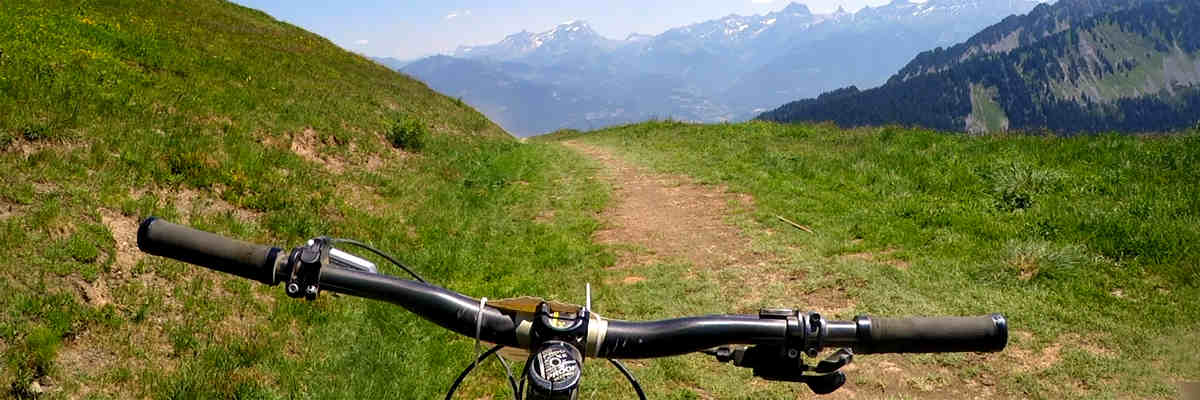
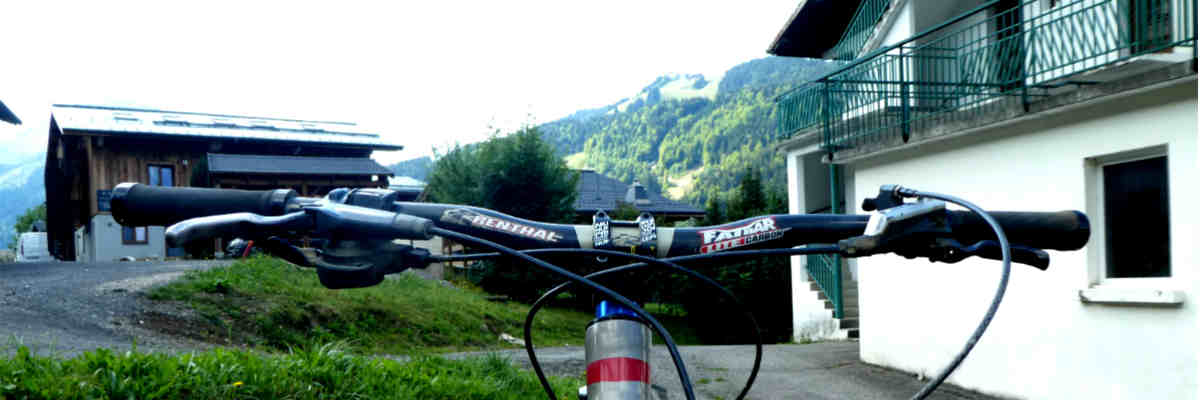
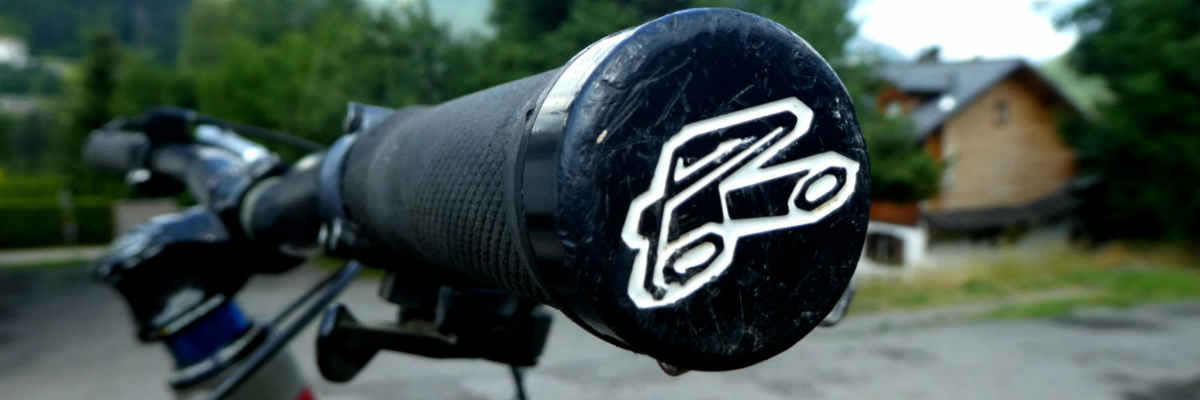
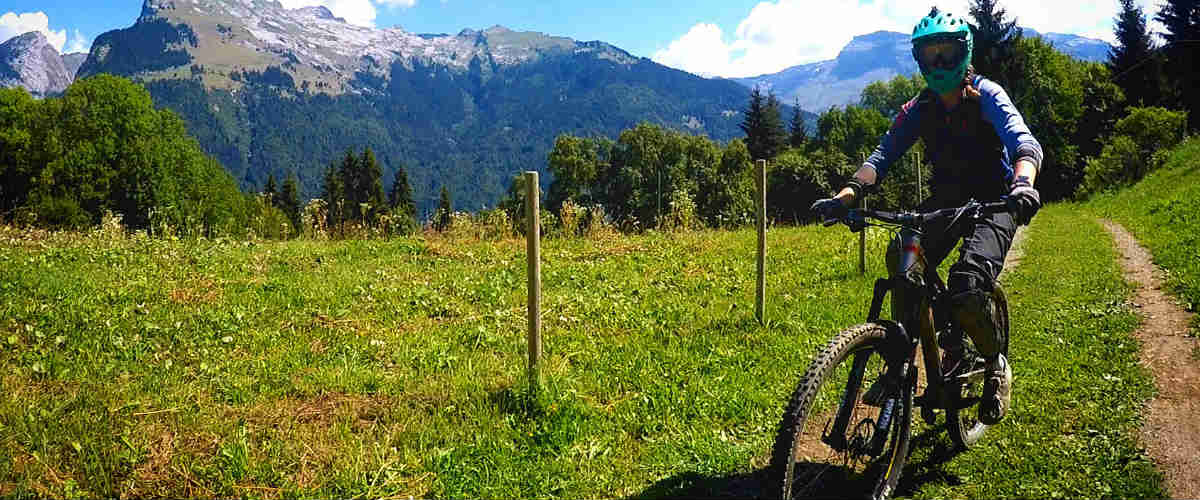
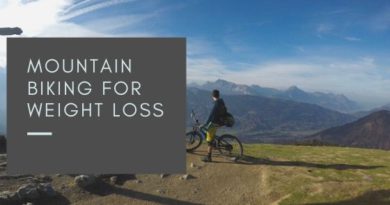
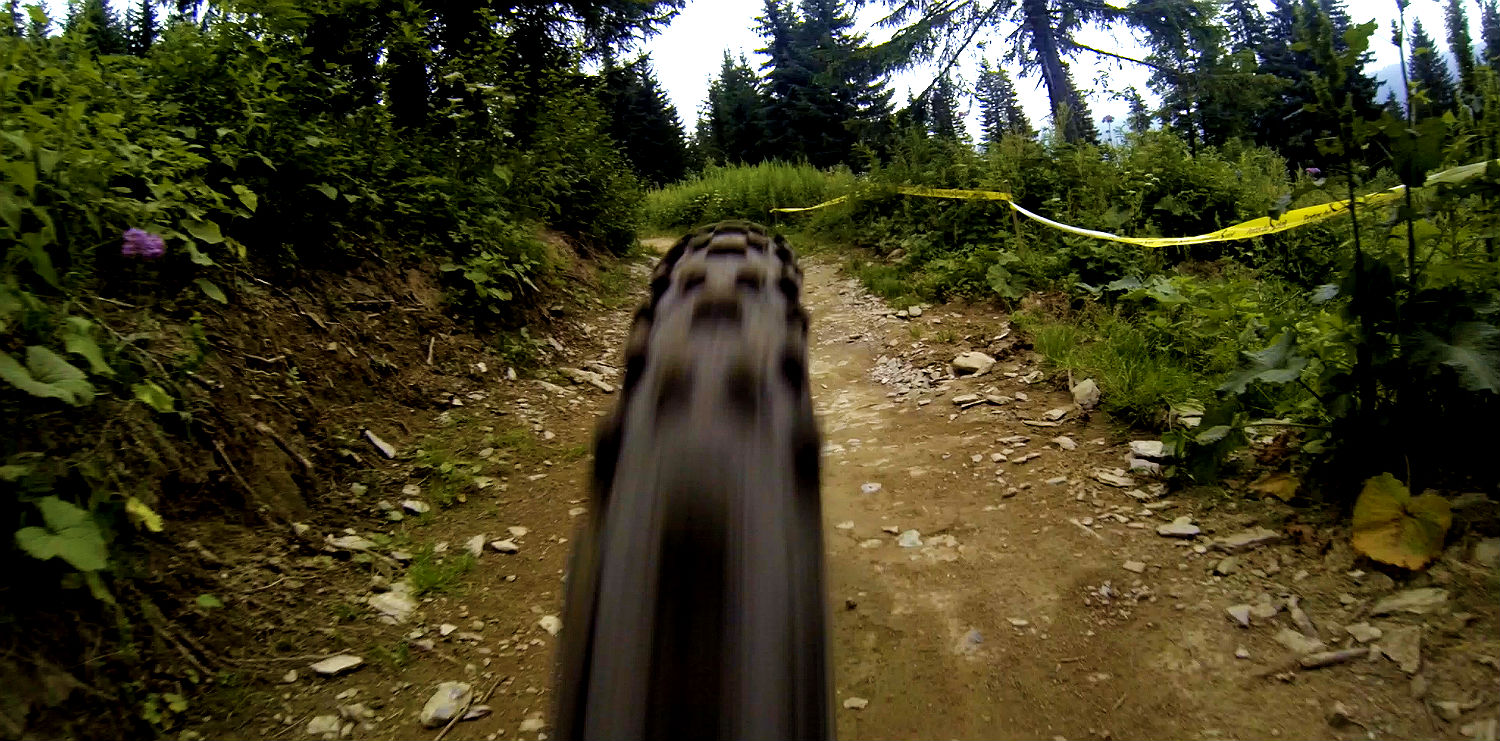
Pingback: Mountain Bike Frame Size Guide |
Pingback: What Is Bike Packing? - Everything you need to know
Pingback: Bike Fitting Guide: Get right size bike -
Pingback: 10 Cheap Bike Upgrades: Transform Your Bike For Under £100 -
Pingback: Mountain Bike Suspension: The Essential Comprehensive Guide -
When I got this UPANBIKE mountain bike extra long handlebar, I was amazed by its stylish design that mixed well with my bike’s structure. This handler is constructed out of Aluminum Alloy 6061, ensuring superb durability. Every side comes with a durable anodizing feature numerically controlled to give off accurate bending and shockproof feature and compatible with most bikes.
Thanks for your suggestion